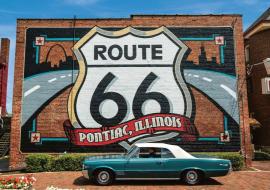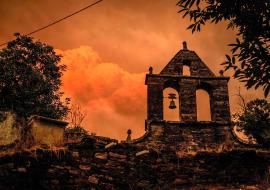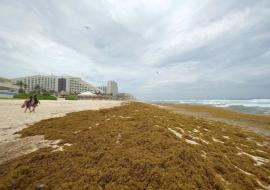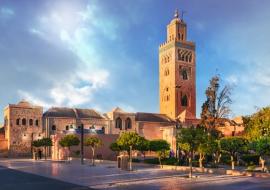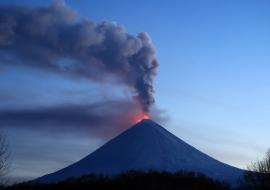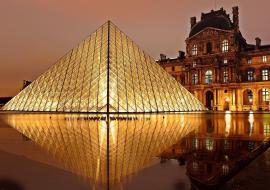Santiago de Cuba’s Streets: La Alameda
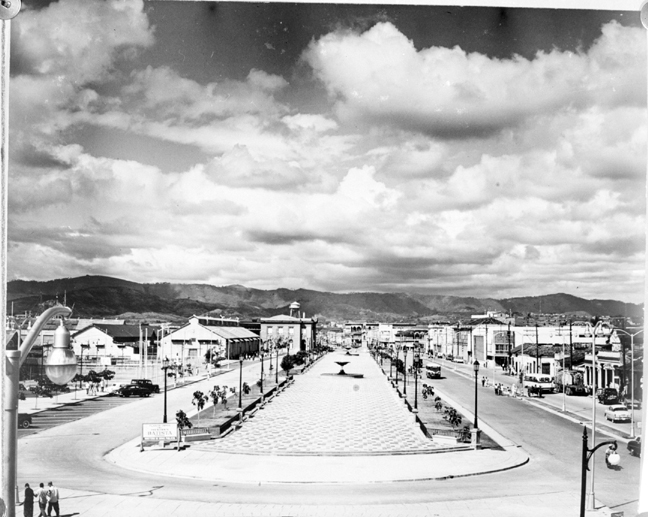
La Alameda Avenue or La Alameda of Michaelsen (present Jesus Menendez Avenue) is one of the most emblematic arteries of Santiago de Cuba City. Right in front of the port, it stretches from Calixto Garcia Street to Aguilera Street, for nearly 400 meters. It’s over century and half old and it has been an icon of the Cuban easternmost capital city since the very beginning.
Click on Santiago de Cuba: A City of 500 Years
The origin of this Alameda goes as far back as 1833, when brigadier Juan de Moya, governor of the province, ordered to prepare the swampy areas around the port so as to construct Maria Cristina Street, the name of the regent Queen of Spain at the time. That’s where the neighborhood of the Navy was born. The authorities had planned the construction of a promenade in the maritime area of the city, which was very important, and the colonial official supported the idea.
Nevertheless, it was in 1859 when the governor of the Eastern Division, field marshal Mr. Juan Tellez, put emphasis on the project and built the Alameda, which was named after him: Alameda Tellez. This work favored the important commercial area that was already established at the Navy neighborhood. A historian wrote: “its grilles, different furnishings, streets and promenades, as well as the central fountain made El Paseo de la Alameda be a place for the whole society of Santiago to have a good time.”
El Paseo de la Alameda has undergone several remodeling stages over the years. The first one was carried out in 1893, promoted by a Santiago-based German: Hermann Friedrich Wilhelm Michaelsen, who was labeled benefactor of the city. This German man was finally known as “Germán” Michaelsen, one of the most outstanding representatives of culture at the capital city since late 19th century to the early 20th.
Michaelsen was the founder of the Nautical Club and was a member of the commission created to reconstruct La Alameda. An Economic Cuisine was established right in that area, as a result of his efforts, to feed the poor. Michaelsen was appointed Adoptive Son of the City and after his death - December 8, 1928 – the avenue was named Alameda Michaelsen.
Nowadays, that’s the way many citizens call it. “On weekends, the most beautiful ladies and elegant gentlemen used to visit La Alameda, with their cars or just walking, women with their dresses and men with their hats.”
However, the splendor of La Alameda faded away with time and it was ruined in 1920. It was the Mayor, Doctor Desiderio Arnaz Alberni, who began the reconstruction with the support provided by the commercial sector and the people. On July 25, 1929, it was inaugurated with a new project, which included two Welcome Arches and closer relation between the public space and the sea.
The Clock of La Alameda – donated by the city’s Chamber of Commerce and named La Torre de Arnaz to pay tribute to the Mayor – was installed by El Brillante de Venero y Hermanos jewelry store, according to the project conceived by architect Antonio Bruna Danglad. But the present image of El Paseo de La Alameda was designed between 1949 and 1951 by Mayor Luis Casero Guillen. Although it remained as sober and elegant as usual, monuments were built to pay homage to Jose Marti, German Michaelsen, Sir Lambton Lorraine (captain of Niobe frigate, who stopped Spanish soldiers from executing Cuban patriots from Virginius steamer in 1873) and Mrs. Clara Burton (founder of the International Red Cross).








